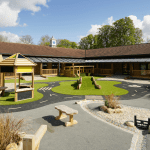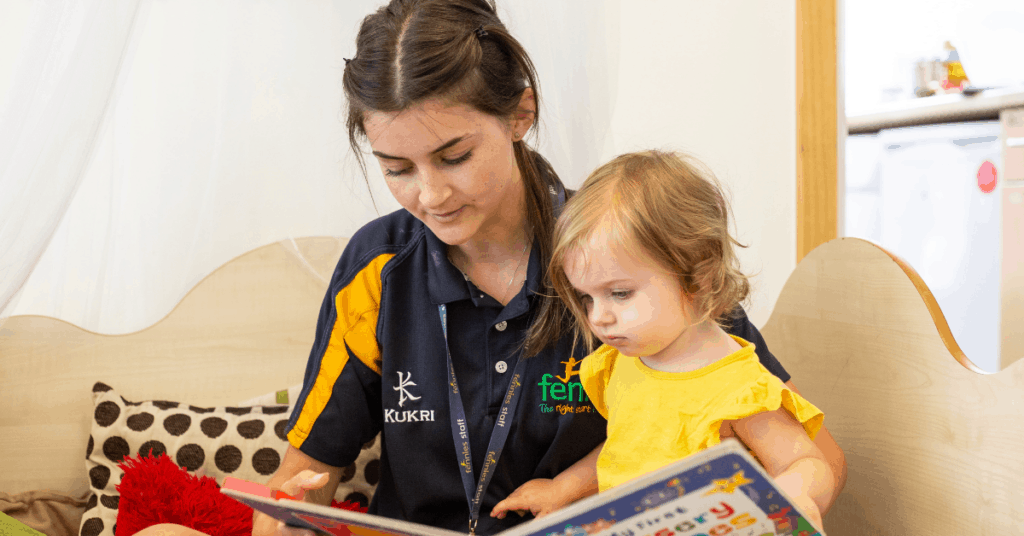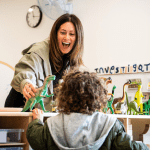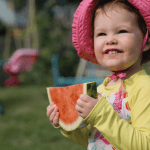



Head of Education


There’s been quite a lot of buzz around the new Early Years Foundation Stage (EYFS) statutory framework but rest assured that the changes will not affect your day-to-day practice massively. Instead, the focus will be on reducing the amount of paperwork you have to do so you can focus your attention on being with the children. So for example, you will see a change to the observations you share with parents and more of a focus on the importance of communication and language development across all areas.
From September 2021, these changes will be introduced to all early year’s settings across the country. We know this is a big change in a year when there’s been lots of changes, so we’d like to share some information about what this will mean for you and your nursery.
The EYFS is a set of standards that all early year’s providers must follow to make sure that children progress and develop within a safe and nurturing environment, this helps lay the developmental groundwork before they start school. This has now been enhanced with some changes which will be coming into effect this September.
There are very few changes to the safeguarding and welfare requirements and some of the main additions include a focus on learning about dental hygiene and self-regulation, so you will be encouraged to introduce more opportunities for children to learn about these.
You may be wondering if the 7 areas of learning and development have changed. Known collectively as the ‘Educational Programmes,’ these are still divided into prime and specific areas, but the content has changed to include more detail under each heading. The development of Communication and Language has always had high importance but the documents we used have not always made that clear. This new EYFS emphasises the importance of early language and literacy skills throughout, particularly focusing on vocabulary and reflecting on the roles these play in importing children’s outcomes.
Here are the main changes around each area:
The revised EYFS framework states that the development of language underpins all seven areas and effective interactions and conversations in a language-rich environment. It explains many ways that children gain new vocabulary through adult modelling, storytelling, role-play activities and conversation.


This now refers to the importance of attachments within strong supportive relationships as well as a key focus on children’s self-regulation. Self-care has now also moved to this area of learning from physical development.
Physical development focuses on the development of fine and gross motor skills and discusses the importance of this for children’s overall health and development.
This area states that developing a lifelong love of reading is crucial for children. Reading is broken down into comprehension and word reading and writing is divided into transcription and composition.
Mathematics now strongly focuses on the importance of understanding numbers 1-10; this includes the patterns between these numbers and developing spatial reasoning skills. Children should now be encouraged to develop a positive attitude towards maths and learn confidentially from their mistakes.
This offers examples of ways children make sense of the world around them and their community for example by visiting parks, libraries and meeting important members of their society such as police officers, firefighters and nurses. It is important that children have access to a wide variety of books and rhymes so that they can develop an understanding of different cultures and communities around the world.


This now also includes providing regular opportunities where children can engage with the arts to develop cultural awareness.
You can read the full changes to the EYFS framework here.
As well as the EYFS, early years settings also have guidance documents that break down how you can support each child’s development at nursery. Unlike the EYFS, these are non-statutory and offer curriculum guidance about how to implement the EYFS at your nursery. Because of this, you will not be expected to refer to either of these should you be visited by Ofsted.
One of these guidance documents, Birth to 5 Matters, is the document we are selecting to follow here at Fennies. It has been created by several Early Years experts and has a key focus on each child’s individual development as opposed to tracking them against age bands. It recognises that children all develop and different rates and there is little value in trying to box them into an age band.


The Department for Education says that the reasons for the revised EYFS have been put in place to:
The observation process is now much more streamlined with an emphasis on practitioners providing shorter, more concise observations that focus on children’s significant milestones. Observations will now also flag broader areas of learning rather than specific statements. This means you will not need to group children into age bands, but rather focus on their individual progress, which is a great way to recognise that children all develop at different rates and give you the opportunity to support them in a way that’s best for them.
There will be a slight change to summative assessments. Previously, you will have shared three summative assessments a year, one per term (Autumn, Spring and Summer). This will now change to twice a year and be personalised to children at each of their 6-month points (after 6 months, 12 months, 18 months, 24 months etc.) however it is still important to communicate with a parent should you be concerned about a child’s development.


We would love to check in with you to see how you’re finding these changes and how they’re enhancing your early years practice. So feel free to share your experiences and any challenges you’ve overcome at marketing@fennies.com.
Keep an eye out on our Instagram where our educational experts will be answering all of your and our parents’ questions.












View All
This website uses cookies so that we can provide you with the best user experience possible. Cookie information is stored in your browser and performs functions such as recognising you when you return to our website and helping our team to understand which sections of the website you find most interesting and useful.
You can read out full privacy policy here
Strictly Necessary Cookie should be enabled at all times so that we can save your preferences for cookie settings.
If you disable this cookie, we will not be able to save your preferences. This means that every time you visit this website you will need to enable or disable cookies again.